Mustard sommelier Harry Lalousis celebrates Dijon on behalf of Maille.
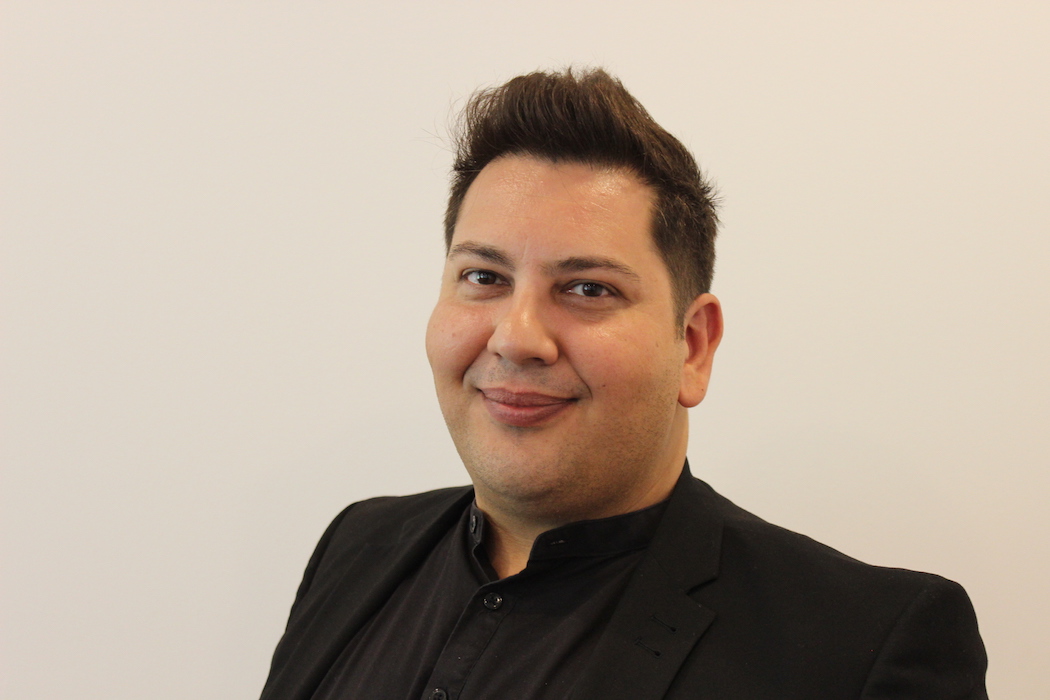 When I was asked by the publicity people at La Maison Maille if I would like to meet one of their mustard sommeliers, how could I answer anything but yes? I like mustard and I like sommeliers, so it seemed like a no-brainer. And indeed, when mustard sommelier Harry Lalousis turned up at GFR’s Summerhill campus not that long ago, it turned out to be an auspicious meeting.
When I was asked by the publicity people at La Maison Maille if I would like to meet one of their mustard sommeliers, how could I answer anything but yes? I like mustard and I like sommeliers, so it seemed like a no-brainer. And indeed, when mustard sommelier Harry Lalousis turned up at GFR’s Summerhill campus not that long ago, it turned out to be an auspicious meeting.
Lalousis hails from London, where he runs the Maille Mustard Boutique in Picadilly, where you can bring your own jar for refills of fancy mustards unavailable elsewhere. He’d come to Toronto to present some mustardy demonstrations at the Taste Toronto food festival and generally act as brand ambassador for the storied old Dijon house. He’s good at his job, which he describes in the interview below. He genuinely gets excited about Dijon mustard and how to optimally use it.
This interview has been edited for length, clarity and style.
Good Food Revolution: I’m afraid I have to ask you the question that you likely always get asked: Harry, how did you become a mustard sommelier?
Harry Lalousis: I was offered a job at Maille. But, I first realized that I was interested in mustard when I was the general manager at the oldest cookery shop in London, Divertimenti. We had a cookery school and all chefs passed through there, I can tell you. I’m not going to name drop but it’s said that if you can’t do a cooking class at Divertimenti, you’ve not made it in the chefs’ world. It was these chefs who showed me Maille. And why I refer to ‘Maille’ is not because I am actually employed by Maille (although this is a dream job for me), it’s because Maille has been the best flavoured mustard I have ever tried. I always challenge people to challenge that opinion of mine. When I first started working for Maille, I went to Dijon and I was so surprised at the extensive flavours, the history of the flavours and how they came about and what happens to the mustards. When I came back I started cooking at home with the mustards and the flavours that were coming out were just amazing. I started experimenting. I started making some dishes with mustard, some dishes without mustard: desserts, starters, mains, everything you can imagine because I cook – I’m a chef – and I’m into that. So, one thing just led to another and I kept taking a step further and wanted to know a lot more. Then, I got into learning about the health benefits of mustard. I did a food science course specifically to learn more about mustard. All of this made me the mustard sommelier I am today.
GFR: It’s a catchy title.
HL: What interesting about the name ‘mustard sommelier’ is that it was suggested as a title from someone from the press. We looked into it, because we didn’t want to claim to be something that didn’t exist, and to our shock in the historic archive in Paris we found an article from the 1800’s that spoke about the Maille boutique on the rue Saint-André des Arts described how they had mustard sommeliers in there! Everyone looked around at me and said, “That’s you!” And then, we read the description which said a mustard sommelier is someone who holds the knowledge of mustard and can explain the usage of it. So here I am, almost four years after, as a mustard sommelier.
GFR: Can you give us an example of the sort of advice you give?
HL: Advice? The best advice I can give you, and the main thing about mustard is, if you put a teaspoon of Dijon mustard in your cooking, that’s all you need to bring out the flavours. Mustard intensifies by tenfold. In Dijon they gathered that in the 1300’s when they started adding vinegar to mustard to make a paste to use in cooking. The reason they did that was that the Fiumicino port in Italy was the last port at which the spice route stopped. And from Fiumicino all the spices went through Europe by road. Mustard would pass through Dijon on its way to Paris. Now, I don’t know if you know, but spices back then were really expensive. You could buy a house in London with a handful of peppercorns! Only the rich used spices, but even the rich were cautious about how they used. So, they realized that if you add mustard to the cooking of a dish, you only needed to use half of the other spices that you would normally use but with all the flavour.
GFR: Aha, that’s a great story about how Dijon mustard came to be, that I had not heard before. And, if we come back to modern times, it sounds like your focus is less about mustard as a condiment than mustard as an ingredient. Is that fair?
HL: For me, it’s very fair and that’s a statement that I always make: Dijon mustard is an ingredient. Other mustards are condiments, but Dijon, specifically, is an ingredient. The reason why I say this is the way Dijon is made. It’s what the chefs like to use for a specific reason. Dijon mustard is made from literally three ingredients: the mustard seed, white wine vinegar (or white wine), and salt. That’s the Dijon recipe. That’s what people need know. Now, when we say it has to made with white wine vinegar or white wine, it has to be made from vinegar or wine from the region of Burgundy. It’s the limestone in the soil that gives the Burgundy wine its specificity.
GFR: So is that what makes different mustards taste differently. The wine?
HL: When you use mustard it intensifies flavour by tenfold, and that’s why chefs use it. But if you use any mustard other than Dijon, it will leave a residue of flavour. With Dijon mustard, the minute it is heated up the wine or vinegar in it will dissipate and leave with no flavour of the mustard whatsoever; unless you use so much that you want to have the flavour of the mustard. When mustard is heated, it creates a gas that escapes. That gas, on it’s way out pushes on all the other flavours, and that’s why it intensifies. That’s why I tell people, if they want to use Dijon mustard in a recipe, that it’s very important that they understand that when they reach for it on the store shelf and it says “Dijon” on the label it may not be actually Dijon mustard.
GFR: Right. So There’s no appellation for Dijon?
HL: There’s no AOC for Dijon because it’s a recipe, it’s not a product. We have done it within Europe, but outside of Europe it’s too far fetched now to do it. The Council of Dijon has decided they can’t pursue it further, so that means outside of Europe we find “Dijon” recipes that are made with malt vinegar, turmeric, and anything else.
GFR: You’re about to appear at Taste of Toronto. What are you going to do there? What’s your show?
HL: To show people how to use Dijon mustard, it’s best to show them how to use it in there cooking. So, we’re doing some really amazing workshops on vinegraittes, dips, sauces, marinades, rubs, all the ways that Dijon can bring out flavour. And we show how the flavoured mustards can help you create dishes that would normally take you a long time to create out of nothing. So, if you arrive home and you’ve got a nice steak and you want to have a sauce to go with it, you’re not going to want to make sauce Béarnaise from scratch to go with it. But, if you use our Tarragon Mustard, which we’re really happy to say is coming to the shelves here in September, with creme fraiche, you’ve got that Béarnaise flavour and it’s healthy and beautiful for your body. So, what’s better than that?



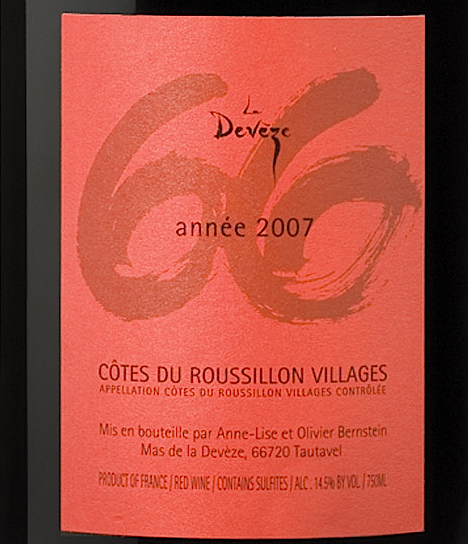
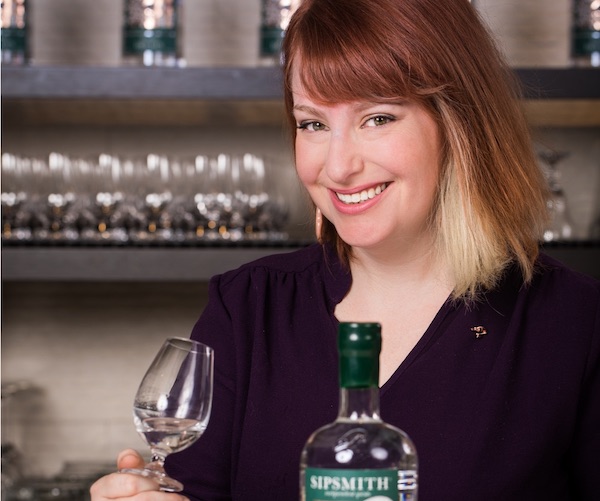
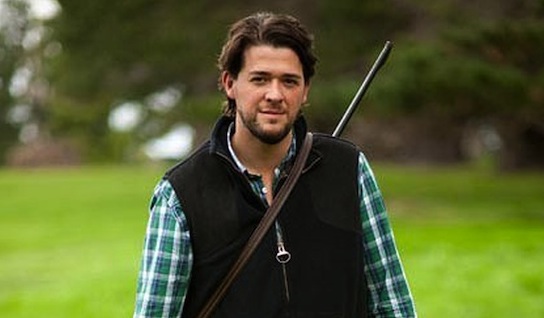
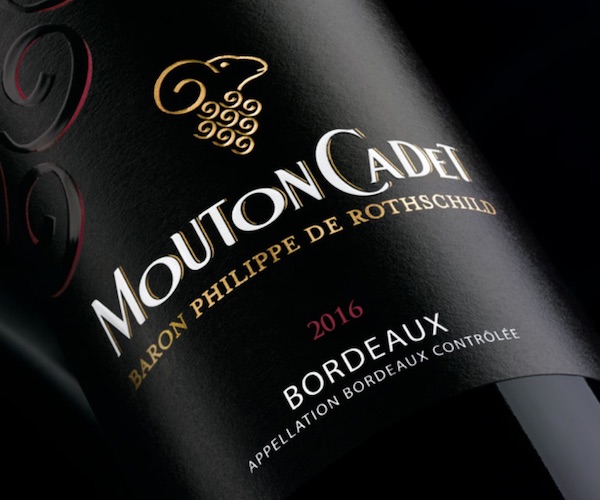

Apologies to Mr. Lalousis whose name I misspelled when this post was first published.